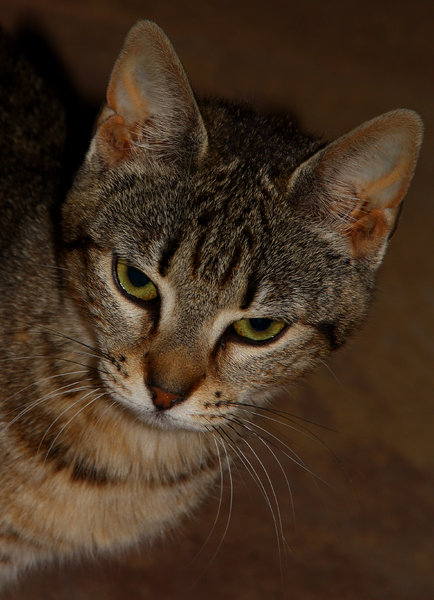Cat Litter Mats: Do They Actually Work?
Cat Litter Mats: Do They Actually Work?
Blog Article

Cat litter and litter boxes play an essential role in the lives of both felines and their owners. From the modest starts of sand and soil to the innovative developments these days, the world of cat litter has actually progressed substantially. In this comprehensive guide, we delve into every aspect of cat litter and litter boxes, exploring their history, types, benefits, difficulties, and everything in between.
The history of cat litter dates back centuries, with ancient civilizations using sand, soil, and even ashes as primitive litter products. Nevertheless, it wasn't up until the mid-20th century that modern-day cat litter as we understand it emerged. In 1947, Edward copyright presented the world's very first business cat litter made from absorbent clay, changing the method felines relieved themselves inside. Ever since, cat litter has actually gone through many improvements, with the intro of clumping litter, silica gel litter, naturally degradable choices, and more.
Today, cat owners are spoiled for choice when it comes to selecting the ideal litter for their feline buddies. Standard clay litter stays popular for its cost and efficiency in taking in odors. Clumping litter, which forms solid clumps when wet, streamlines cleansing and upkeep. Silica gel litter, composed of highly absorbent silica crystals, offers remarkable smell control and longevity. Biodegradable options, such as recycled paper, wood pellets, corn, and wheat, interest ecologically conscious consumers.
Each kind of cat litter provides distinct advantages. Clay litter masters its capability to take in wetness and control smells, making it a reputable choice for lots of feline owners. Clumping litter simplifies daily scooping and extends the cat litter robot time in between complete litter changes. Silica gel litter supplies remarkable odor control and can last longer in between replacements. Naturally degradable litters offer a sustainable option that lessens environmental effect.
While cat litter enhances indoor feline health, it is not without its challenges. Dust from clay litter can pose breathing risks for both felines and people, prompting the appeal of dust-free alternatives. Some felines may establish litter box aversion due to issues with texture, aroma, or cleanliness, demanding experimentation with different litters and box setups. Multi-cat homes may need tactical litter box positioning and frequent upkeep to prevent territorial disputes and make sure all cats have access to tidy facilities.
Selecting the proper litter box is important for promoting positive litter box practices and total feline well-being. Factors to consider consist of size, ease of cat litter box furniture access, and style preferences. Covered litter boxes supply privacy and aid contain smells, however some felines may discover them confining or daunting. Open-top litter boxes use easy gain access to and visibility however may lead to more litter scatter. Automatic self-cleaning litter boxes streamline upkeep however require regular monitoring and maintenance.
Proper litter box upkeep is essential for guaranteeing a tidy and inviting environment for both felines and their owners. Daily scooping gets rid of waste quickly, decreasing odor and preventing litter box aversion. Routine litter replacement, normally every 1-2 weeks, prevents bacterial buildup and keeps optimal absorbency. Comprehensive cleansing with Covered Litter Boxes moderate detergent and water, avoiding severe chemicals that might deter cats from utilizing package, should be performed monthly.
Cat litter and litter boxes play a central function in cultivating a healthy and harmonious relationship between cats and their human buddies. With a varied selection of litter choices and litter box styles readily available, cat owners have the flexibility to tailor their choices to fit their cats' preferences and family requirements. By understanding the evolution, types, benefits, and difficulties of cat litter and litter boxes, animal owners can provide their feline buddies with a comfortable and sanitary indoor environment.